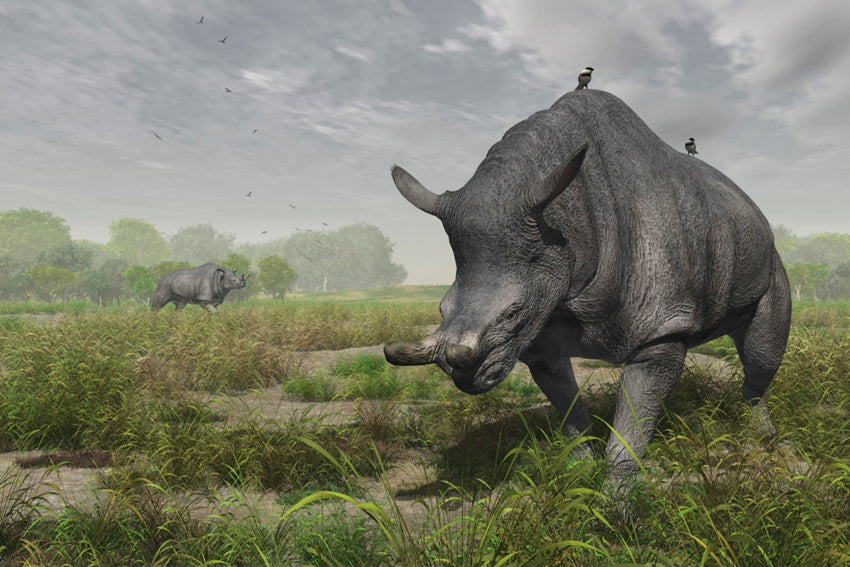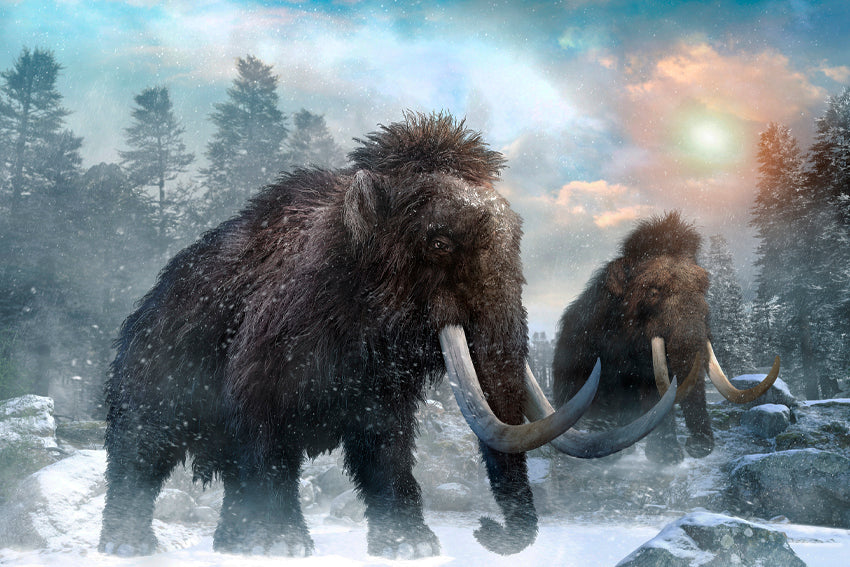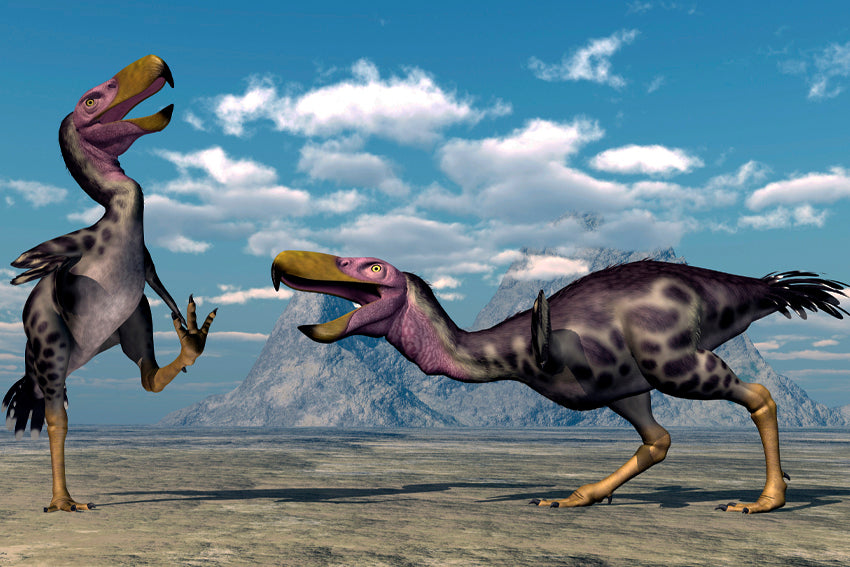The Paleogene is a division of the geologic time scale that spans from about 66 million years ago to about 23 million years ago. It is subdivided into three epochs: Paleocene, Eocene, and Oligocene. After the extinction of the dinosaurs, mammals began to diversify and occupy ecological niches previously occupied by reptiles.

In the Paleocene, the first placental and marsupial mammals appeared, such as the first ungulates, insectivores, and rodents. The first primates also arose, which were characterized by having a mainly herbivorous diet. Tropical forests covered much of the Earth and were populated by angiosperm and gymnosperm plants. In the polar regions, there were glaciers and tundras.
During the Eocene, global temperatures increased, leading to a greater diversity and expansion of flora and fauna. In the oceans, coral reefs developed and the first modern sharks appeared. On Earth, vast tropical rainforests developed and the first ruminants, such as giraffes, appeared, as well as the first terrestrial carnivores, such as modern cats and dogs.
During the Oligocene, the global temperature began to cool and the climate became drier. Rainforests dwindled, and grasslands and deciduous forests spread. Herbivorous mammals, such as rhinos, evolved and spread. In the oceans, cetaceans appeared and modern sharks diversified.





Share:
Quaternary period